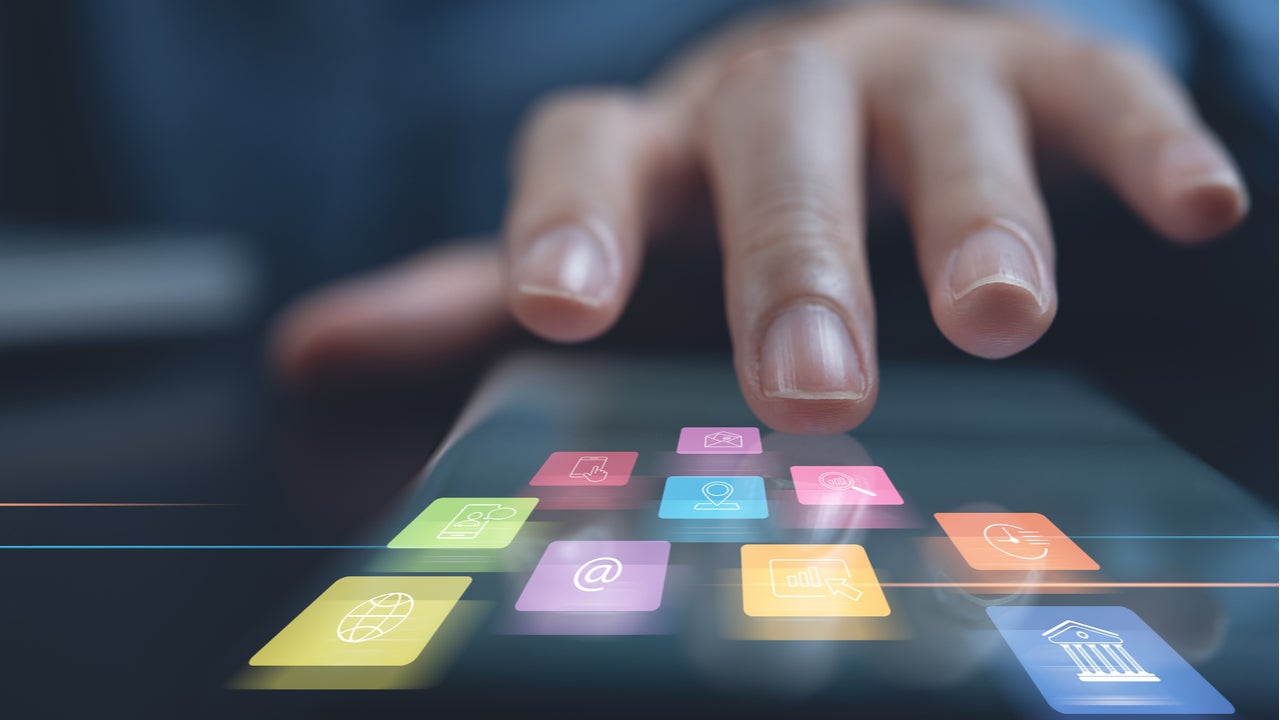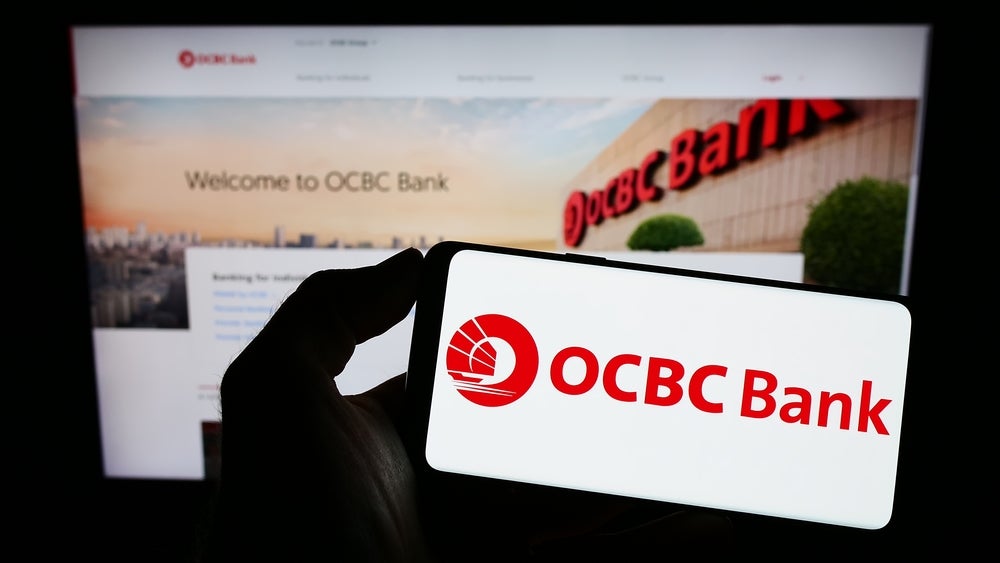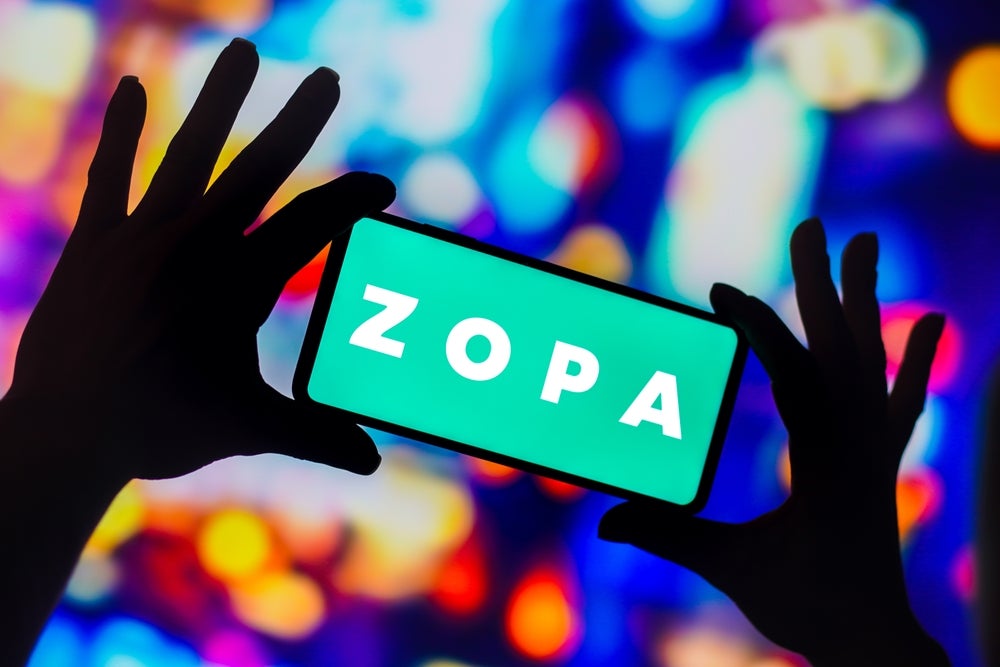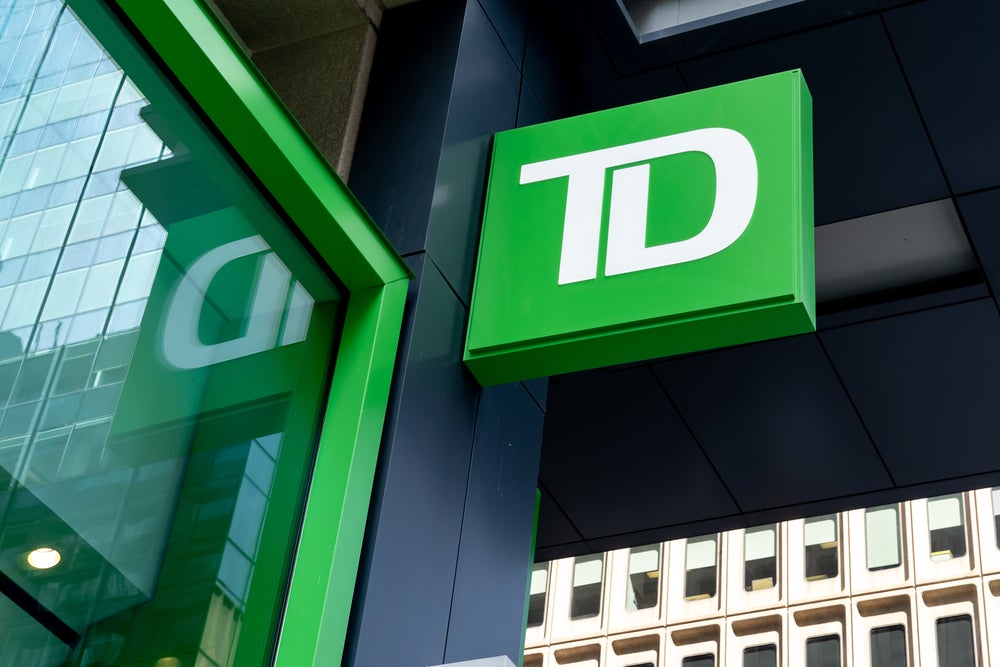
In the long term, the internet of things (IoT) promises highly personalised, frictionless digital banking. More ‘things’ connected to the internet will help banks anticipate what customers want, when, and where, delivering highly personalised content and functionality optimised for brief moments of interaction.
Listed below are the key macroeconomic trends impacting the IoT theme, as identified by GlobalData.
Covid-19
The Covid-19 pandemic has forced businesses to invest more in technology. IoT technology, in particular, helped with tasks that required social distancing, remote working, or contact tracing.
Examples of IoT solutions that helped in the pandemic include Software AG’s Smart Social Distancing Solution, Bosch.IO’s workplace distancing and contact tracing solution, and PwC’s Check-In automated contact tracing tool.
In a post-Covid world, many organisations consider digitalisation as their top priority, and they see IoT as one of the enablers. Remote asset access and business process automation will be prominent features in the office and factory of the future.
Fuelled by this digital transformation wave, demand for new IoT applications will be driven in 2021 by telemedicine, smart offices, remote asset monitoring, and location tracking services.
How well do you really know your competitors?
Access the most comprehensive Company Profiles on the market, powered by GlobalData. Save hours of research. Gain competitive edge.

Thank you!
Your download email will arrive shortly
Not ready to buy yet? Download a free sample
We are confident about the unique quality of our Company Profiles. However, we want you to make the most beneficial decision for your business, so we offer a free sample that you can download by submitting the below form
By GlobalDataUS vs China
The US and China are locked in a battle for tech supremacy in 5G, artificial intelligence (AI), quantum computing, autonomous vehicles, and other next-generation technologies.
The ensuing trade war has resulted in tariffs or bans on imports and exports of various goods and technology transfers ranging from semiconductors to industrial robots and machinery, computer storage devices, electrical components, imaging systems, and networking equipment. It appears that the IoT ecosystems of the US and China, which once supported a globalised supply chain, are decoupling.
This trade war is impacting many IoT technology leaders, including Amazon, Apple, Cisco, Dell, Google, HPE, Huawei, Hikvision, IBM, Inspur, Intel, Microsoft, and ZTE from a supply chain point of view.
Initial Public Offering (IPO) activity
IoT was the fifth largest theme driving IPO activity in the technology, media, and telecom (TMT) sector between 1 January 2018 and 31 December 2020, when measured by IPO proceeds raised. The first four were ecommerce, mobile, fintech, and cloud.
During these three years, there were 35 IPOs where IoT was the primary thematic driver, and they accounted for 5% of total IPO proceeds globally.
China hosted 28 of these deals, with the US hosting six deals. In terms of IPO proceeds raised, the three most significant deals were Foxconn Industrial Internet (which raised $4.3bn in Shanghai), ADT (which raised $1.5bn in New York), and Vivint (which raised $0.7bn in a reverse merger with special purpose acquisition company (SPAC) Mosaic Acquisition to list in New York).
Mergers and Acquisitions (M&A) activity
IoT was the seventh-largest theme driving M&A activity in the TMT sector in 2020 when measured by transaction value. The first six thematic drivers were connectivity, big data, cloud, fintech, digital media, and gaming.
Sustainability
IoT can be an enabler for a more sustainable world. In banking, a whole new fintech category has emerged, Sustainable Digital Finance (SDF), which subsumes mobile payments platforms, crowdfunding, big data, AI, blockchain, digital tokens, and the IoT, to help providers, directly and indirectly, support the targets set in the UN’s Sustainable Development Goals (SDGs).
Basic, cheap technology such as tags and identifiers (e.g., RFID chips) are becoming reliable tools for harvesting basic binary data, while many other sensing devices are increasingly affordable, making it possible to attach them to mobile assets such as livestock or produce. Intelligent chips embedded in green assets can automate data harvesting to provide richer verification of the underlying asset of green bonds and loans.
For climate-aware investors, modelling climate change’s potential financial impact on specific assets or portfolios can help them understand their climate risk exposure. Equipped with this information, investors might consider how to mitigate, adapt, or transition their portfolios. For example, Four Twenty Seven has developed a technology platform that powers real-time screening of large portfolios for risks such as floods, rising sea levels, heat stress, wildfires, or hurricanes, each of which would soar in a four-degree climate rise scenario.
While IoT solutions can address a range of sustainability goals, the manufacture of connected devices creates its own environmental issues. For one, it generates copious amounts of electronic waste. Though many technology vendors—from Apple to HPE and Samsung Electronics—are launching green initiatives towards sustainable e-waste management, there are growing calls for regulators to bring greater transparency to environmental audits to reduce the levels of greenwashing.
This is an edited extract from the Internet of Things (IoT) in Banking – Thematic Research report produced by GlobalData Thematic Research.








Related Company Profiles
Dell Technologies Inc
Microsoft Corp
Google LLC
Intel Corp
Apple Inc